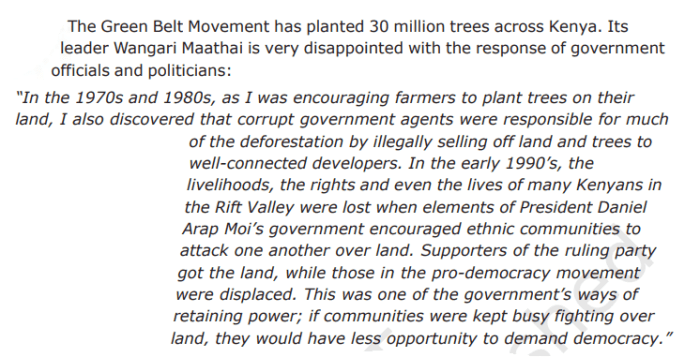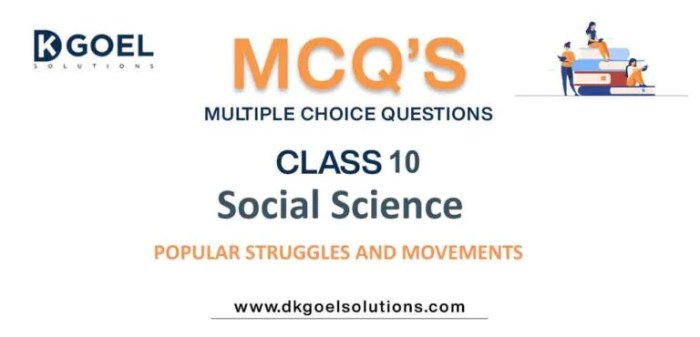Topic 3.10 social movements and equal protection answers – Topic 3.10: Social Movements and Equal Protection Answers delves into the intricate relationship between social movements and the pursuit of equal protection. This comprehensive guide provides a thorough examination of the history, theories, strategies, and impact of social movements in the fight for equal rights and opportunities.
From the civil rights movement to the LGBTQ+ rights movement, social movements have played a pivotal role in shaping laws and policies that protect individuals from discrimination and ensure equal treatment under the law. This guide explores the key factors that drive social movements, the challenges they face, and the ongoing struggle for a more just and equitable society.
3.10 Social Movements and Equal Protection: Topic 3.10 Social Movements And Equal Protection Answers

Social movements play a crucial role in promoting equal protection by mobilizing people and advocating for policies that safeguard the rights of marginalized and disadvantaged groups. Throughout history, social movements have been instrumental in advancing equal protection laws and challenging discrimination.
1. Definition and History of Social Movements and Equal Protection
Social movements are organized collective actions aimed at achieving social or political change. They are often driven by shared grievances, values, and goals, and involve various forms of protest, advocacy, and mobilization. The history of social movements focused on equal protection is long and multifaceted, with notable examples including the civil rights movement, women’s suffrage movement, and LGBTQ+ rights movement.
2. Key Theories and Approaches to Social Movements
Sociological and political theories provide frameworks for understanding the dynamics and impact of social movements. Key theories include resource mobilization theory, political process theory, and new social movement theory. These theories offer insights into the factors that shape the emergence, organization, and outcomes of social movements.
3. Strategies and Tactics of Social Movements, Topic 3.10 social movements and equal protection answers
Social movements employ a wide range of strategies and tactics to achieve their goals. Nonviolent resistance, civil disobedience, and mass protests are common tactics used to raise awareness, mobilize support, and pressure decision-makers. Social movements also engage in lobbying, legal challenges, and community organizing to bring about systemic change.
4. Impact of Social Movements on Equal Protection Laws
Social movements have had a profound impact on the development and implementation of equal protection laws. The civil rights movement, for example, led to the passage of the Civil Rights Act of 1964, which outlawed discrimination based on race, color, religion, sex, or national origin.
Similarly, the women’s suffrage movement resulted in the 19th Amendment, granting women the right to vote.
5. Challenges and Limitations of Social Movements
Social movements face numerous challenges and limitations in promoting equal protection. These include resistance from vested interests, government repression, and internal divisions. Funding constraints and limited resources can also hinder the effectiveness of social movements.
6. Comparative Analysis of Social Movements Across Different Contexts
Comparative analysis of social movements across different historical periods and cultural contexts reveals similarities and differences in their strategies, tactics, and outcomes. Factors such as political systems, cultural norms, and social conditions shape the nature and trajectory of social movements.
7. Role of Social Media and Technology in Social Movements
Social media and technology have become powerful tools for mobilizing and organizing social movements. Social media platforms provide a space for activists to connect, share information, and coordinate actions. Technology has also facilitated new forms of protest, such as online petitions and virtual rallies.
8. Current Trends and Future Directions in Social Movements
Emerging trends in social movements include a focus on intersectionality, the recognition that different forms of oppression are interconnected. Social movements are also increasingly using technology to amplify their voices and reach broader audiences. Future directions may involve the continued use of technology, the rise of global social movements, and the growing importance of grassroots organizing.
FAQ Corner
What is the role of social movements in promoting equal protection?
Social movements play a crucial role in raising awareness about discrimination, challenging unjust laws and policies, and mobilizing public support for equal protection.
What are some key theories that analyze social movements?
Sociological and political theories such as resource mobilization theory, social identity theory, and political process theory provide frameworks for understanding the dynamics and impact of social movements.
What are the common strategies and tactics used by social movements?
Social movements employ a range of strategies and tactics, including nonviolent resistance, civil disobedience, boycotts, and lobbying, to achieve their goals.


